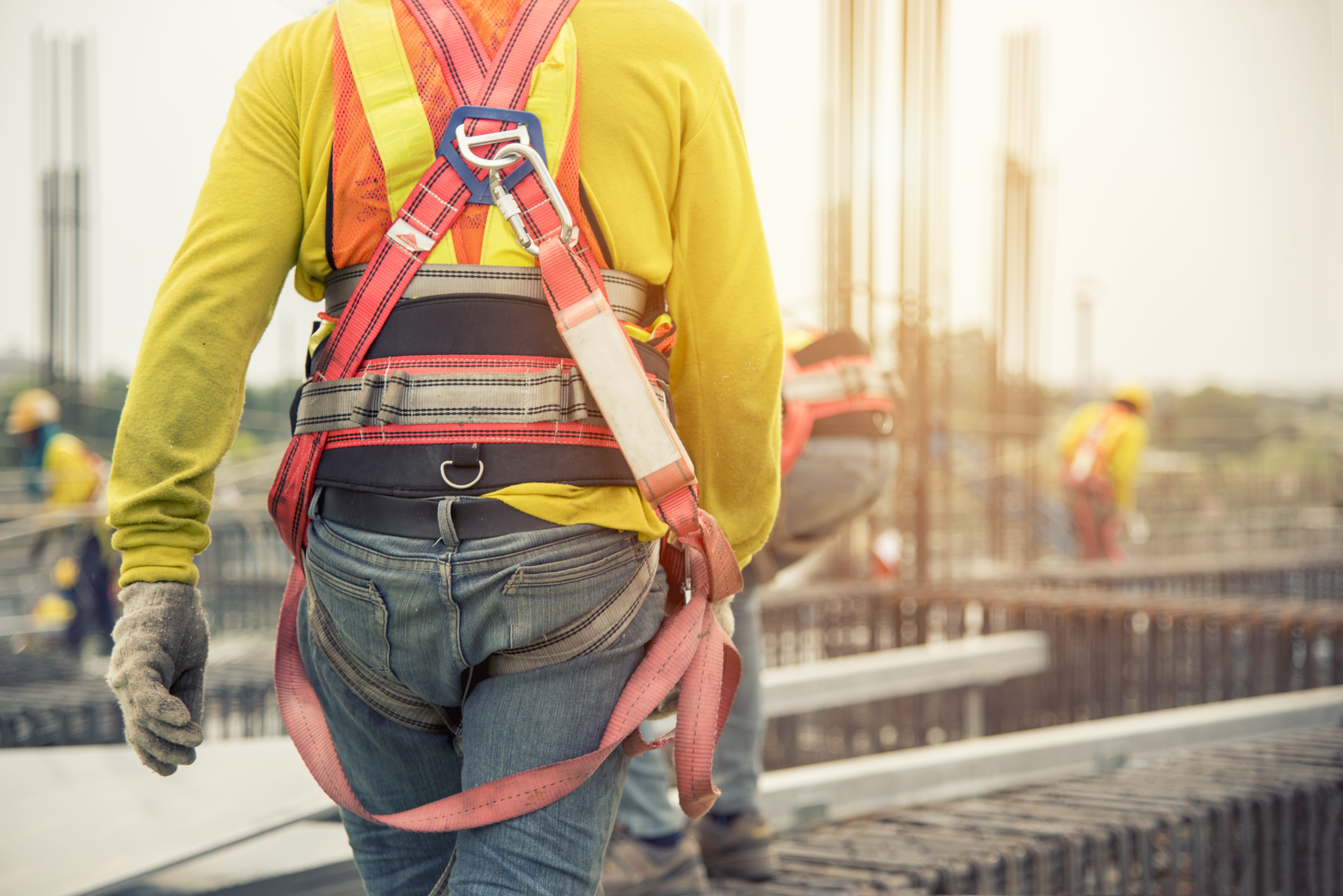
08 May How to Practice Safety In Industrial Settings
While working in a warehouse or manufacturing setting can be rewarding, it also comes with its fair share of risks and potential dangers. According to the BLS’s most recent Survey of Occupational Injuries & Illnesses, for every 100 full-time workers, 3 are bound to encounter accidents. This number has remained unchanged for the past fifteen years. By actively practicing safety in these demanding environments, we can reduce this number significantly. There are many simple methods of safety that companies can take up that can prove themselves to be rather effective. We outline some safety tips that can take your industrial occupations to the next level.
Immediately Inform Your Supervisor of Any Unsafe Conditions or Hazards
Too often, people witness the potential for things to go wrong but fail to speak up. If you see faulty machinery or equipment out of place that could cause damage or pain, it is your ethical duty to remove harmful objects or clean the area if you can do so safely. If this isn’t an option, it is crucial that you inform your supervisor right away.
Keep Work Areas and Emergency Exits Clear at All Times
You never know when the opportunity for a catastrophe can happen, which is why you need to have your facility prepared at all times. There should be exits that are exclusive for when fires, dangerous leaks, or any other related emergencies happen. These exits need to be clear that way staff members can leave the setting with ease. This can easily prevent accidents, even death, from happening.
Wear Your Safety Equipment
Whether you are cleaning up chemicals or operating with hazardous materials, wearing Personal Protective Equipment (PPE) is absolutely essential. Your worksite should always have PPE in stock and available for whenever workers may need to use these protective articles of clothing. Making sure that you wear the proper safety equipment and checking that your safety equipment is undamaged significantly lowers the likelihood of injury. Some common protective equipment includes facemasks, helmets, and gloves.
Monitor Projects and Which Tools are Being Used
Say, for example, one of your coworkers is using a cutting machine. It can be helpful to have staff members document what is being used, when they started using the equipment, and what for. Tracking projects allows other workers to know when specific tools are occupied. This is much more effective than having staff members go around, looking for what they need, and possibly disrupt operation. Disrupting operation can also cause injuries or accidents to happen.
Use Labels and Signs
If your worksite uses chemicals rather frequently, labels are absolutely necessary. Identifying what lies in each container, bottle, etc allows your staff to know which chemicals are stored. Furthermore, if they are unaware of the chemicals inside these containers and they have them open, the consumption of these chemicals can be harmful, even fatal. Even worse, exposed chemicals can spread throughout your worksite, affecting other workers. Properly labeling your chemicals, toxins, and fluids can prevent many incidents.
Have Equipment Regularly Inspected
Large pieces of equipment such as cranes, excavators, bulldozers, and laser alignment tools are all to be handled with care and precaution. Additionally, it is important to keep in mind that these machines can break down at any time, any place. Having your machinery and equipment inspected can help detect flaws or the potential for system failure. This can help prolong the safety of your workers. Oftentimes, workplace incidents occur due to equipment failure. This doesn’t have to be the case when you take the right precautions.
Implement Safety Protocols
With all these safety practices in mind, you could implement them in a workplace safety protocol. When comprising a protocol, you want to show your employees that it is for their own wellbeing and not to create any stern restrictions. Everything you do for your employees is in their best interest. Extensively, not having a plan of action can look bad on your part, if you’re in a position of leadership. Taking the time to establish a protocol with safety measures can prevent years of accidents and mishaps.
Accountable and Reliable Professionals Only at Kalisch Steel
Here at Kalisch Steel, our staff members provide high-quality services and products while practicing effective safety measures. Contact us today to learn more about how we conduct safety throughout warehouse operations and steel fabrication.


